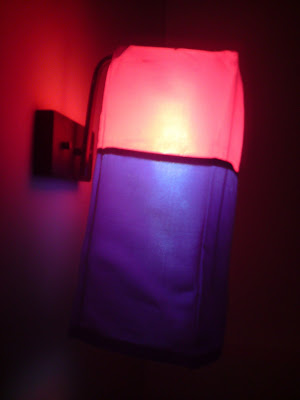sneeze
If you just sneezed, something was probably irritating or tickling the inside of your nose. Sneezing, also called sternutation, is your body's way of removing an irritation from your nose.
When the inside of your nose gets a tickle, a message is sent to a special part of your brain called the sneeze center. The sneeze center then sends a message to all the muscles that have to work together to create the amazingly complicated process that we call the sneeze.
Some of the muscles involved are the abdominal (belly) muscles, the chest muscles, the diaphragm (the large muscle beneath your lungs that makes you breathe), the muscles that control your vocal cords, and muscles in the back of your throat. Don't forget the eyelid muscles! Did you know that you always close your eyes when you sneeze?
It is the job of the sneeze center to make all these muscles work together, in just the right order, to send that irritation flying out of your nose. And fly it does — sneezing can send tiny particles speeding out of your nose at up to 100 miles per hour!
Most anything that can irritate the inside of your nose can start a sneeze. Some common things include dust, cold air, or pepper. When you catch a cold in your nose, a virus has made a temporary home there and is causing lots of swelling and irritation. Some people have allergies, and they sneeze when they are exposed to certain things, such as animal dander (which comes from the skin of many common pets) or pollen (which comes from some plants).
Do you know anyone who sneezes when they step outside into the sunshine? About 1 out of every 3 people sneezes when exposed to bright light. They are called photic sneezers (photic means light). If you are a photic sneezer, you got it from one of your parents because it is an inherited trait. You could say that it runs in your family. Most people have some sensitivity to light that can trigger a sneeze.
Have you ever had the feeling that you are about to sneeze, but it just gets stuck? Next time that happens, try looking toward a bright light briefly (but don't look right into the sun) — see if that doesn't unstick a stuck sneeze!
Reviewed by: Steven Dowshen, MD
Date reviewed: May 2009






















